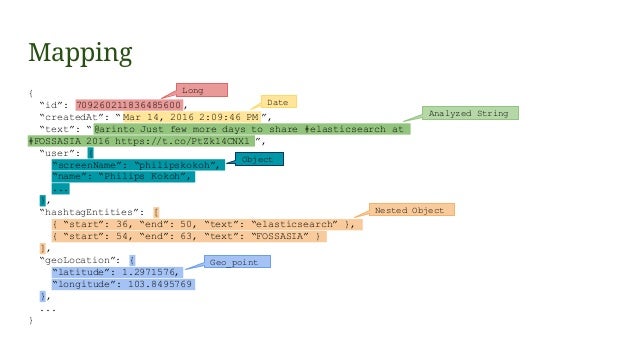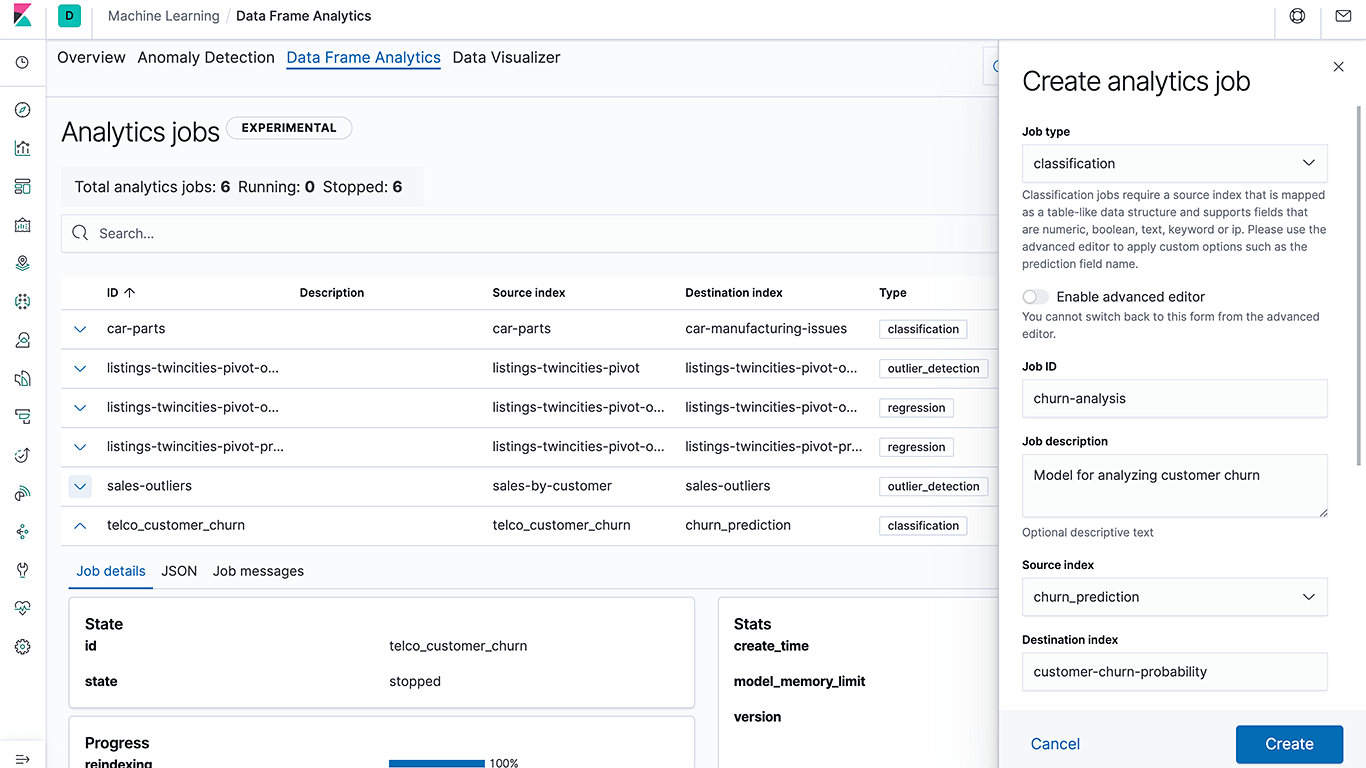
- ELASTICSEARCH COMPLETION SUGGESTER ANALYZER HOW TO
- ELASTICSEARCH COMPLETION SUGGESTER ANALYZER SERIAL
It assumes that you have passed it the exact prefix that you want to find.īy default, the prefix query does no relevance scoring. It doesn’t analyze the query string before searching. The prefix query is a low-level query that works at the term level. To find all postcodes beginning with W1, we could use a simple prefix query: Let’s assume that we are indexing postcodes as exact-value not_analyzed fields, so we could create our index as follows: § 3DG: This inner part identifies a street or building: § 1V indicates the district (one or two numbers, possibly followed by a letter § W indicates the area (one or two letters) § W1V: This outer part identifies the postal area and district: For instance, the postcode W1V 3DG can be broken down as follows: UK postcodes have a well-defined structure.
ELASTICSEARCH COMPLETION SUGGESTER ANALYZER HOW TO
We will use United Kingdom postcodes (postal codes in the United States) to illustrate how to use partial matching with structured data. We will start by examining prefix matching on exact-value not_analyzed fields.

§ Matching in languages like German or Dutch, which contain long compound words, like Weltgesundheitsorganisation (World Health Organization) § search-as-you-type-displaying the most likely results before the user has finished typing the search terms
ELASTICSEARCH COMPLETION SUGGESTER ANALYZER SERIAL
§ Matching postal codes, product serial numbers, or other not_analyzed values that start with a particular prefix or match a wildcard pattern or even a regular expression That said, on some occasions partial matching can be useful. To handle the case of matching both “fox” and “foxes,” we could simply use a stemmer to index words in their root form. Of course, with Elasticsearch, we have the analysis process and the inverted index that remove the need for such brute-force techniques. If you have come from an SQL background, you likely have, at some stage of your career, implemented a poor man’s full-text search using SQL constructs like this: The requirement to match on part of a term is less common in the full-text search-engine world than you might think. You can find only terms that exist in the inverted index.īut what happens if you want to match parts of a term but not the whole thing? Partial matching allows users to specify a portion of the term they are looking for and find any words that contain that fragment. To match something, the smallest unit had to be a single term. Partial MatchingĪ keen observer will notice that all the queries so far in this book have operated on whole terms. We considered a case when a user would make a mistake in a word, so we implemented “ fuzziness” functionality, which involves Levenshtein distance for searching results, that differ by a set number of symbols - that is 1 or 2 in our case.Īnd finally to exclude particular words from search, we needed to implement our own analyzer and define stopwords in it.Elasticsearch: The Definitive Guide (2015) Part II. Moreover we added “ phrase matching” to increase the relevancy when a whole phrase is found. To manage fields priority in the search we used “ boost query” functionality, which in its turn allowed us to increase the “relevance score” when title matches are found. Even though the search query semantics doesn’t depend on them, they could affect the relevance of a search result due to their abundance. To increase the relevancy we made a list of words that had to be ignored: “A”, “An”, “And”, “As”, “At”, “But”, “By”, “For”, “From”, “If”, “In”, “Of”, “On”, “Or”, “The”, “To”, “With”. We also considered that a user could make a mistake (1–2 symbols), but it wasn’t supposed to fail a particular search result.

But a phrase match in the description would have a higher priority over a word match in the title. This means a word match in the title had to be of higher priority than a word match in the description.

Basically we needed to implement the kind of search functionality that would allow users to find the most relevant products.Įach field had to have its own priority.


 0 kommentar(er)
0 kommentar(er)
